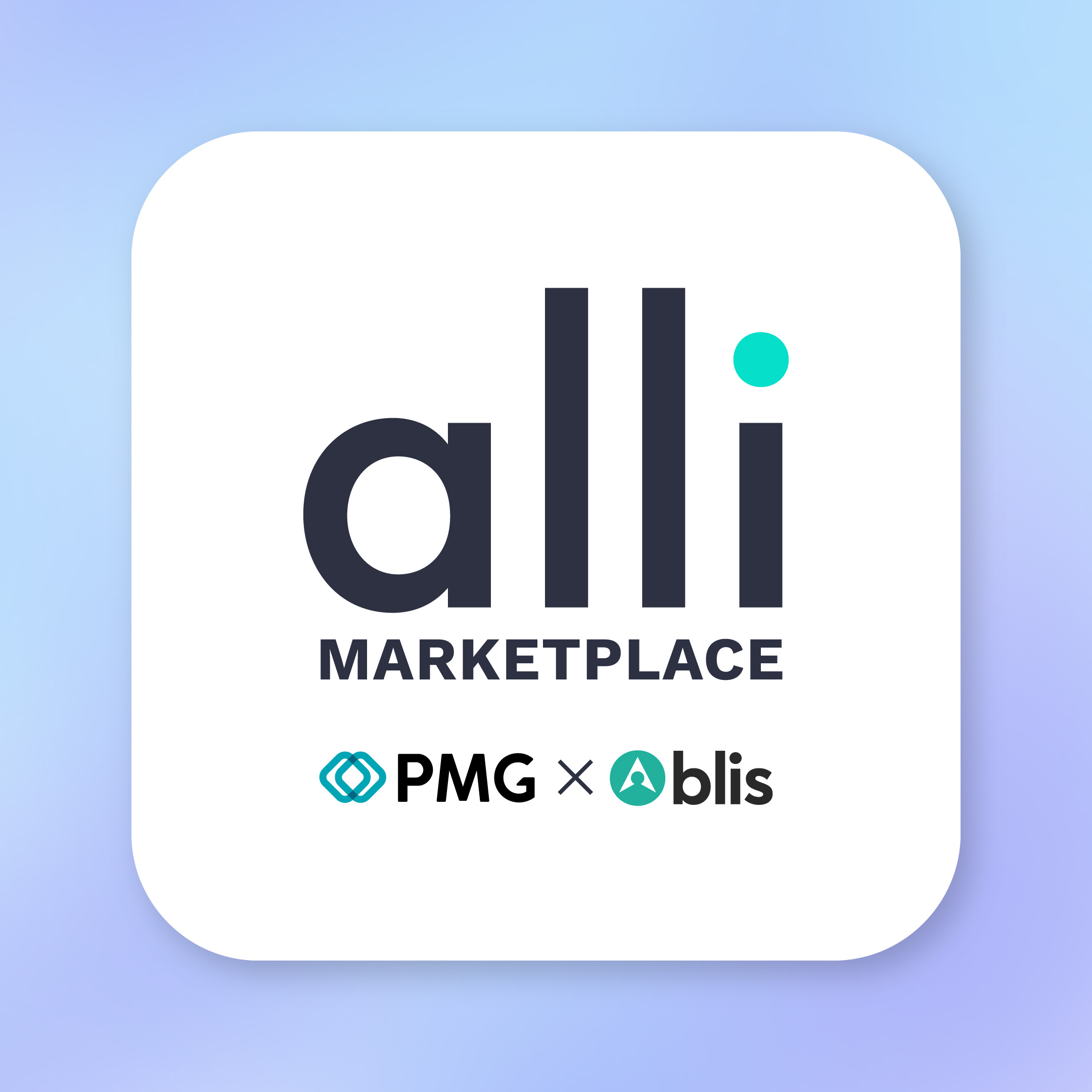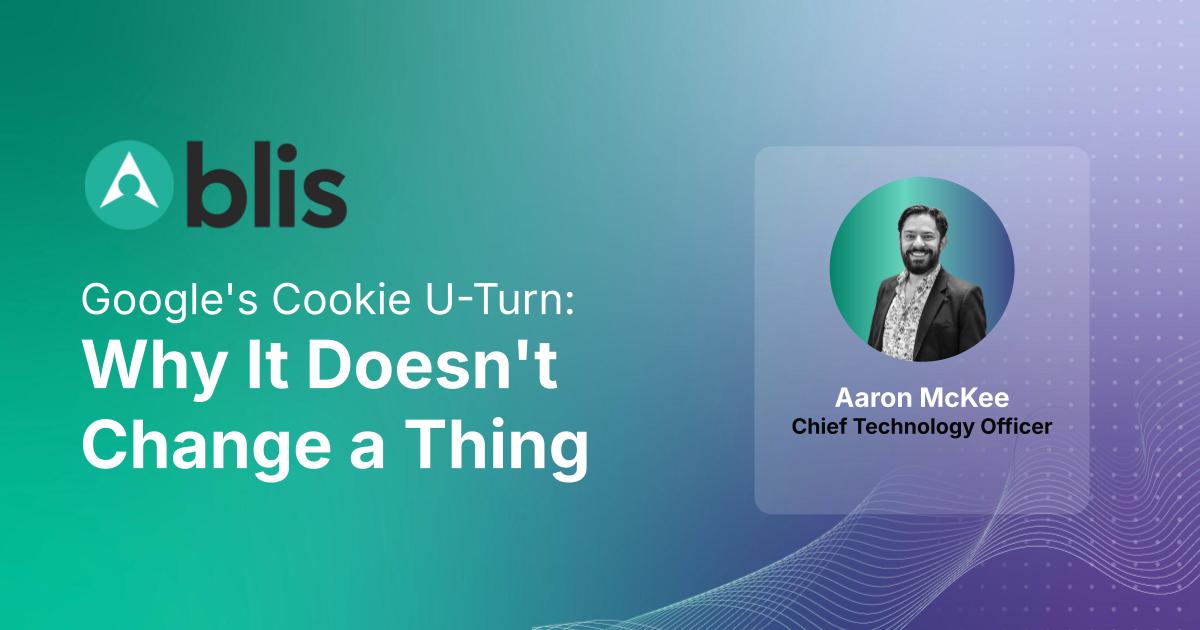The Egg McMuffin may be a familiar part of the American vernacular, but what about the McDonald’s protein smoothie? Or White Castle waffles? As more and more QSRs from A&W to Chik-Fil-A are expanding, introducing or redefining breakfast, others are exploring snack time. Taco Bell, the company that introduced the “Fourth Meal” was fairly visionary in its exploration of new dayparts. Per QSR Magazine, “In a nation that’s snacking more and sitting down to eat real meals less, Taco Bell estimates that fully one-fourth of its sales revolve around two non-traditional dayparts: the period between 2 and 5 p.m. and the period after midnight.”
Breakfast and snacks open new opportunities for QSRs, but marketers should note that these meals represent very different behaviors. Breakfast is a habit: the goal for marketers should be to drive repeated behavior. Encourage customers to get their favorite breakfast sandwich and coffee at the drive-through a few mornings a week, if not every day! Creatives for breakfast should look like loyalty campaigns, where customers can earn free drinks or other rewards for coming back a few times a week.
Snacks, on the other hand, are more impulsive. You can make someone crave a snack! A great ad featuring a red velvet cupcake or cheese-covered pretzel can certainly entice someone to come in for an afternoon treat. Just announcing a new snack time menu item may be enough. That said, Dairy Queen and Sonic, among others, have created a snack opportunity with an afternoon happy hour during which they offer half-price beverages. These discounted drinks are almost always accompanied by food orders. A vice president for Dairy Queen noted, “A preponderance of consumers are ordering some kind of food with the beverage, and it really depends on the occasion.” Some order late lunch or early dinner, while others take advantage of more traditional snack offerings.
A Tasty Case Study on Snacks
A major hamburger restaurant chain recently introduced a Waffles Whenever promotion with a special offer of two Belgian waffles for $4. They approached Blis to help them reach women under the age of 35 of all cultures. The Blis team partnered with the restaurant chain to target this audience while they were within 1 mile proximity of a restaurant, as well as reaching them at competitors.
The targeted women received the 2 for $4 waffle offer on their mobile devices. A total of 7,183,553 impressions were served to 1,703,317 unique devices in the north-eastern USA. Of these impressions, 11,562 lead to a restaurant visit which is a 0.68 percent footfall rate – that’s more than twice the benchmark of 30 percent. The lift in foot traffic was measurable: the campaign achieved positive results when comparing unexposed versus exposed devices, and the overall average footfall rate increase between the two groups was 48 percent.
While the majority of conversions – that is, women actually going into the restaurant chain after seeing the offer– occurred on the same day, over 1,000 conversions still occurred within seven days of serving the ad.
Takeaways for QSR Marketers
Local data can play a powerful role in driving traffic for both breakfast and snack-time dayparts. In addition to using location data to try and steal competitors’ share, marketers can create geofences around nearby office buildings, hotel, schools or neighborhoods to reach nearby prospective customers during the day. By geofencing office and apartment buildings in particular, as well as commuter neighborhoods, marketers can reach that ideal breakfast crowd – the ones who are likely to make your takeout window part of their morning routine. Office buildings are also ideal for snack promotions. Who doesn’t want to get away from their desk by 3:00 for an afternoon treat?
While loyalty offers work well for breakfast, marketers are encouraged to look at their traffic to determine the best campaigns for snack times. Happy hour-type discounts are great for operators who are slow in the afternoon. Restaurants who have steady sales throughout the day, probably don’t need to offer discounts and can encourage visits with consumer’s favorite menu items instead.
Using your own data along with trusted location data can be your ticket to creating new prospects for your QSR. Americans spend $5400 a year on impulse purchases, and more than 70 percent of that spend goes to food! The opportunity is there for the eating, so take advantage of it!



